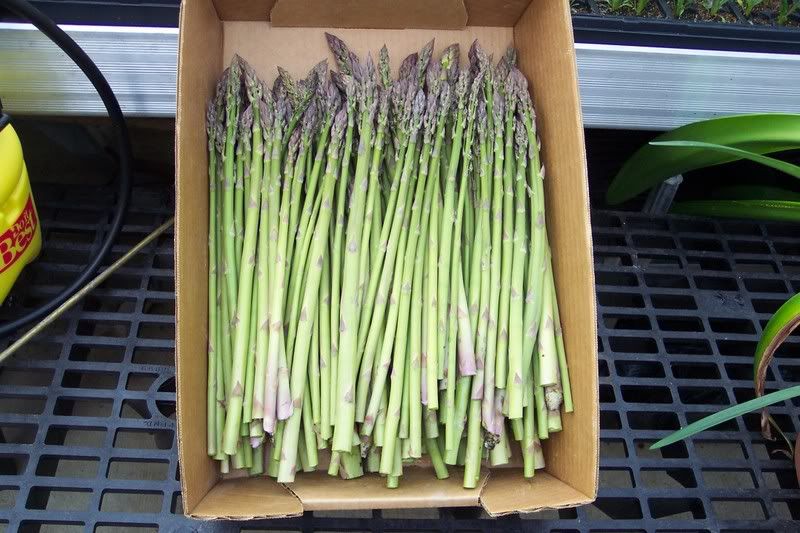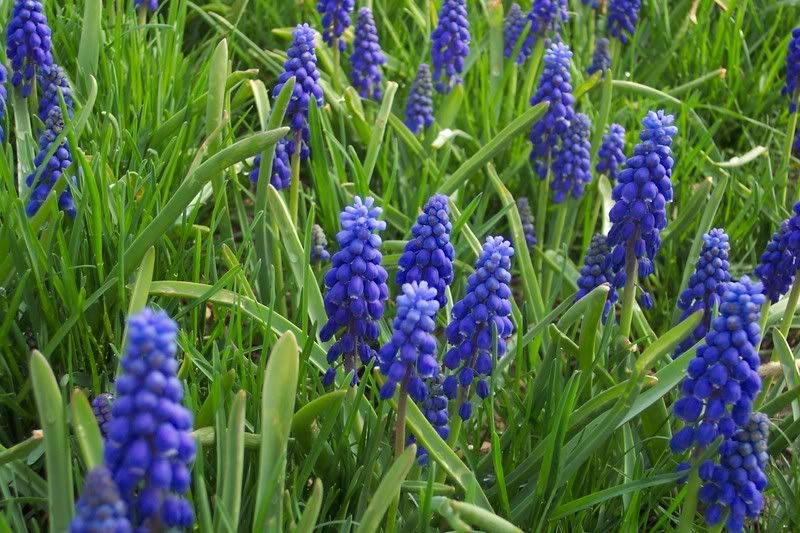The warmth of May along with our spring rain is waking up the asparagus.
We picked some last week in one of the asparagus beds. That bed is in a protected area on a southern slope so it always comes up quicker than the other bed which is in a damp area on a slight northern slope. There are no signs of life yet in that second bed.
There seems to be some argument on the proper method of harvesting asparagus. One camp argues that you simply snap off the asparagus spear with your bare hand. The other group favors cutting the spear with a knife.
Actually, both methods are correct. In a small home garden, simply breaking the spear off at the soil line works just fine. The small stub left behind usually dries up and disappears.
Farmers who grow asparagus to sell, always use a knife of some sort. The most common tool used resembles a dandelion weeder. The knife is used to carefully cut the spear just below the soil line.
If you opt for the knife method, be careful not to cut too deeply, as there is a chance you will damage nearby buds. It is these buds from which the asparagus spear grows.
The ideal time to cut an asparagus spear is when it reaches about 6 to 8 inches or so in length.
It is always a good idea to cut all growth from the asparagus bed once you start harvesting. If a spear is left to grow, the Asparagus Beetle will lay eggs on it. These beetles hatch and grow very quickly and can do a lot of damage to tender young asparagus spears later in the season.
Whatever you do, don’t be tempted to cut off the tip of the spear and leave the remaining stalk still attached to the root.
Keep harvesting asparagus until the spears start to get smaller, the diameter of a pencil or so. Then let them grow from that point so they can replenish their roots for next year’s crop.
Now, here is a box of asparagus we harvested this week.

They are really too long for the entire spear to be usable. The base of the spears are tough and stringy. To correct this problem, simply grab the asparagus near the bottom 1/3 and break it off. The spear will break just above the stringy part, so there is no guessing on where to cut it. Toss the lower tough part into your compost bin.
The fact that you can harvest a crop from your garden so early in the spring makes this one of my favorite vegetables to grow.
Bob


